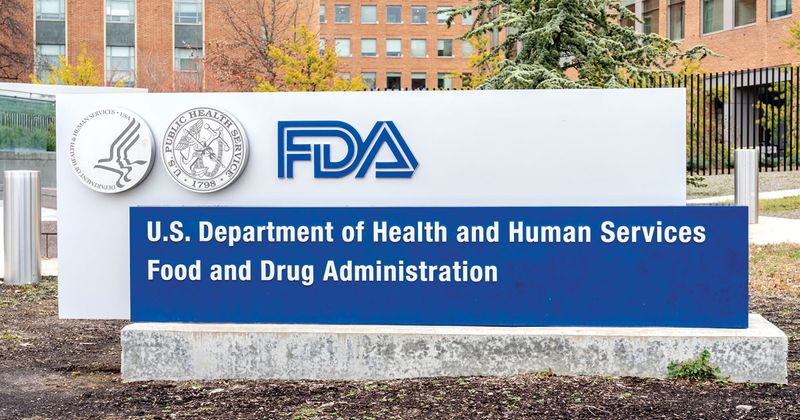Noninvasive biomarker platform for fluid assessment in HF cleared
Bodyport announced its noninvasive biomarker platform, made in the form of a scale, received FDA clearance for measurement of fluid status and heart function in patients requiring fluid management.
The platform (Bodyport Cardiac Scale) is constructed like a scale, and when a patient with a condition requiring fluid management such as HF or chronic kidney disease steps on it, their hemodynamic biomarkers are measured by sensors and algorithms and the results are sent to the care team by cellular data, according to a press release issued by the company.

Weight monitoring is the standard for assessing fluid status, but weight gain is a late indicator that may not be able to prevent hospitalization by the time it is detected, whereas the cardiac scale can detect fluid issues earlier, according to the release.
“Successful heart failure management requires frequent access to meaningful information, such as fluid status, that is sometimes difficult to gauge by both providers and our patients,” Michael W. Fong, MD, co-founder of the Advanced Heart Failure and Cardiomyopathy Clinic at Keck Medical Center of USC, said in the release. “During our clinical study using the Bodyport Cardiac Scale, we found patients more engaged, and our clinical team better empowered to make timely, individualized treatment adjustments to get ahead of changes in a patient’s condition before they worsen. We are excited about what we saw in the study; the interventions this has led to for some of our patients, and the potential impact it will have for our entire heart disease population.”
